By Chris Faubel, MD —
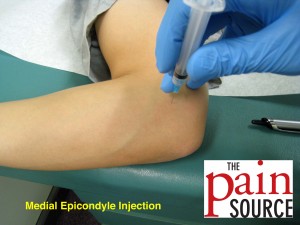
Indications
- Medial Epicondylitis / “Golfer’s Elbow”
- ICD-9 code: 726.31 “medial epicondylitis”
- ICD-10 codes:
- M77.01 “medial epicondylitis, right elbow”
- M77.02 “medial epicondylitis, left elbow”
CPT code: 20551
Materials Needed
- Pen – clicking type
- Gloves – non-sterile
- Alcohol swabs or betadine
- Band-aid
- Tuberculin needle/syringe OR 1-ml syringe with 25-gauge 1.5″ needle (depending on body habitus)
- Injectate:
- 0.5-ml of 6mg/ml of Celestone OR 0.5-ml of 40mg/ml Depo-Medrol or Kenalog
- 0.5-ml of 1% lidocaine
- Another Tb needle/syringe and 0.5ml 1% lidocaine if you plan to create a skin wheal
Technique / Procedure Steps
- Always start with informed consent from the patient, and then a time-out to verify correct patient and injection site.
- Mark the injection site with the pen tip in order to leave an impression in the skin — Point of maximal tenderness (usually just distal to medial epicondyle).
- Clean the skin thoroughly with as many alcohol swabs as needed (usually only one is needed).
- Patient position: Perform lying supine with the shoulder abducted and arm externally rotated and the elbow flexed.
- With the tuberculin needle/syringe, enter the skin going perpendicular to skin, and go down to the periosteum, then back off a mm or two.
- Aspirate to make sure you’re not in any vessel.
- After negative aspiration, inject the full contents of the syringe.
Note: May also want to just inject 1/4 of the injectate, then reposition the needle in 3 other locations around that painful area to get more spread of the steroid. - Withdraw the needle and apply band-aid.
Tips
- Finding the injection site
- Point of maximal tenderness (POMT) just distal to medial epicondyle.
- Can perform resisted wrist flexion to find the POMT.
- Numbing the skin
- Find out all about “Taking the Sting Out” (of injections) by going here.
- Since I use a tiny tuberculin needle, most patients have no problem with the injection and don’t need any extra lidocaine skin wheal or freezing spray.
- I tell them numbing the skin with lidocaine will probably hurt more than the actual injection.
- Procedure for a “pain free” injection
- Fill a 27G 1/2″ tuberculin syringe with 0.5-ml of 1% lidocaine.
- Use ethyl chloride spray to “numb” the skin over the injection site; then quickly create the skin wheal of lidocaine.
- Insert the tip of the needle just below the surface of the skin, almost at a near parallel angle. Then inject about 0.5-ml to create the skin wheal.
- Corticosteroid choice
- If patient has history of post-injection flare (somewhat more common with injections here), use Celestone, compounded betamethasone sodium phosphate, or Decadron.
- After the injection
- Have the patient flex and extend the elbow a few times while you throw away supplies.
- Then, re-palpate the POMT and have them repeat the resisted wrist flexion so they can see the immediate results of the lidocaine.
- Explain to the patient that the lidocaine will wear off in an hour or so, and that they will be back to their normal pain until the steroids start kicking in (anywhere from 1-7 days).
- May also ask the patient to not do much activity with that arm for 12-24 hours
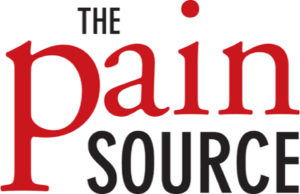
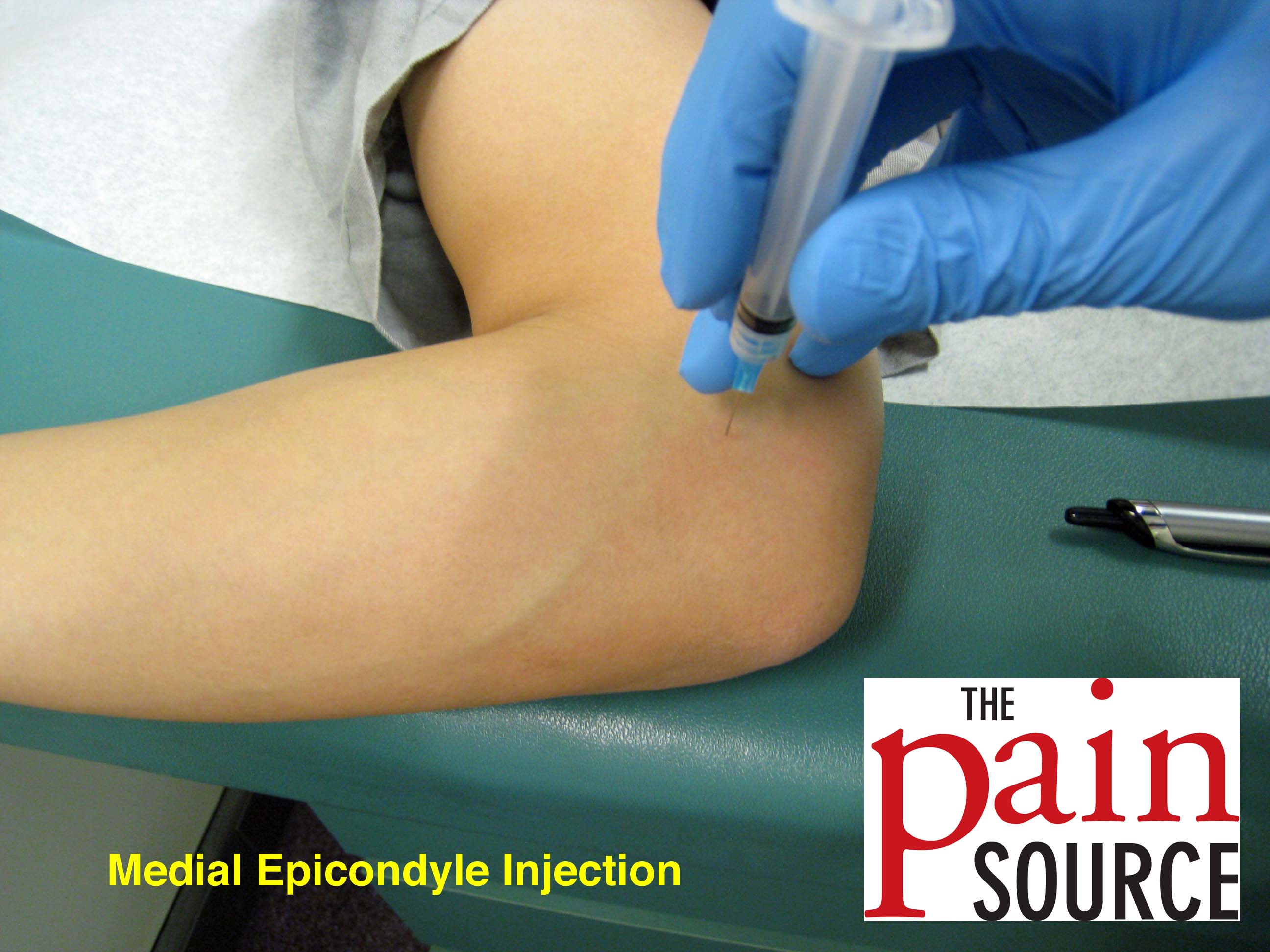

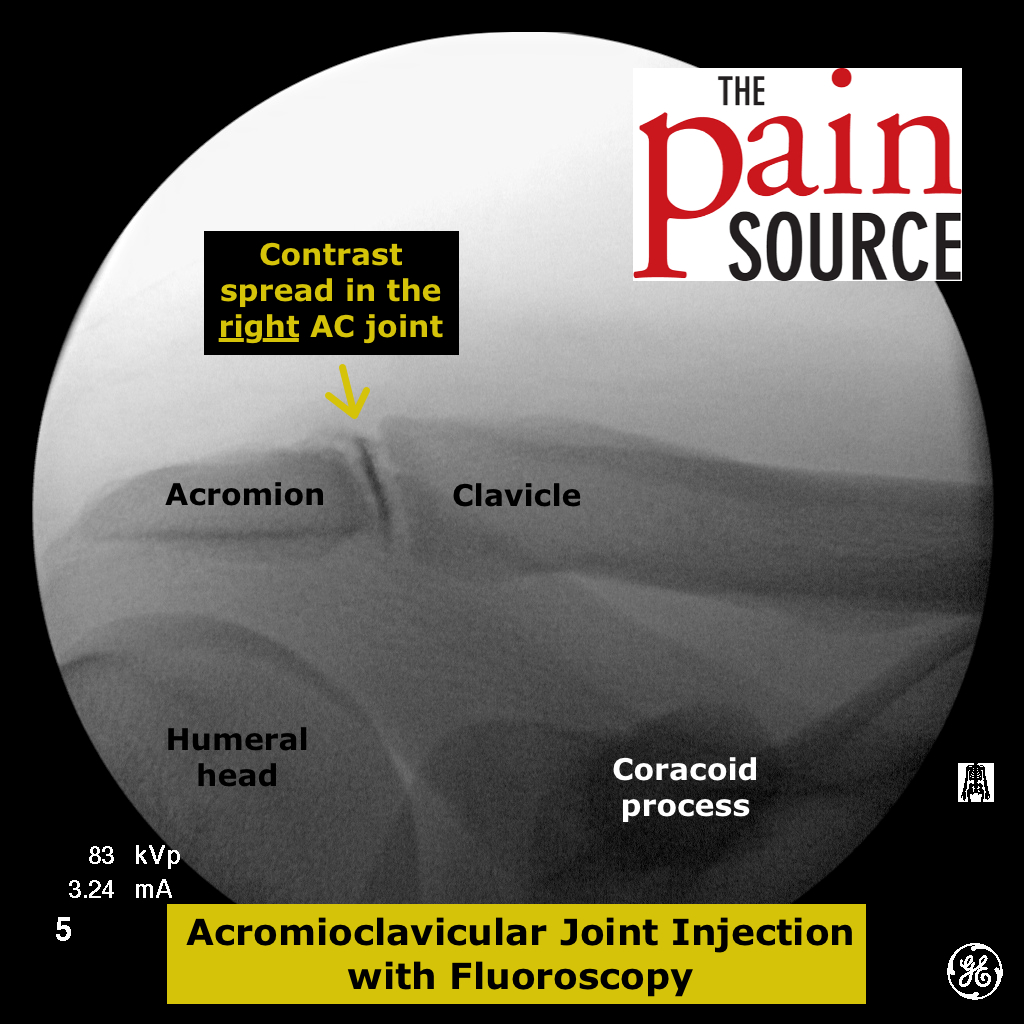
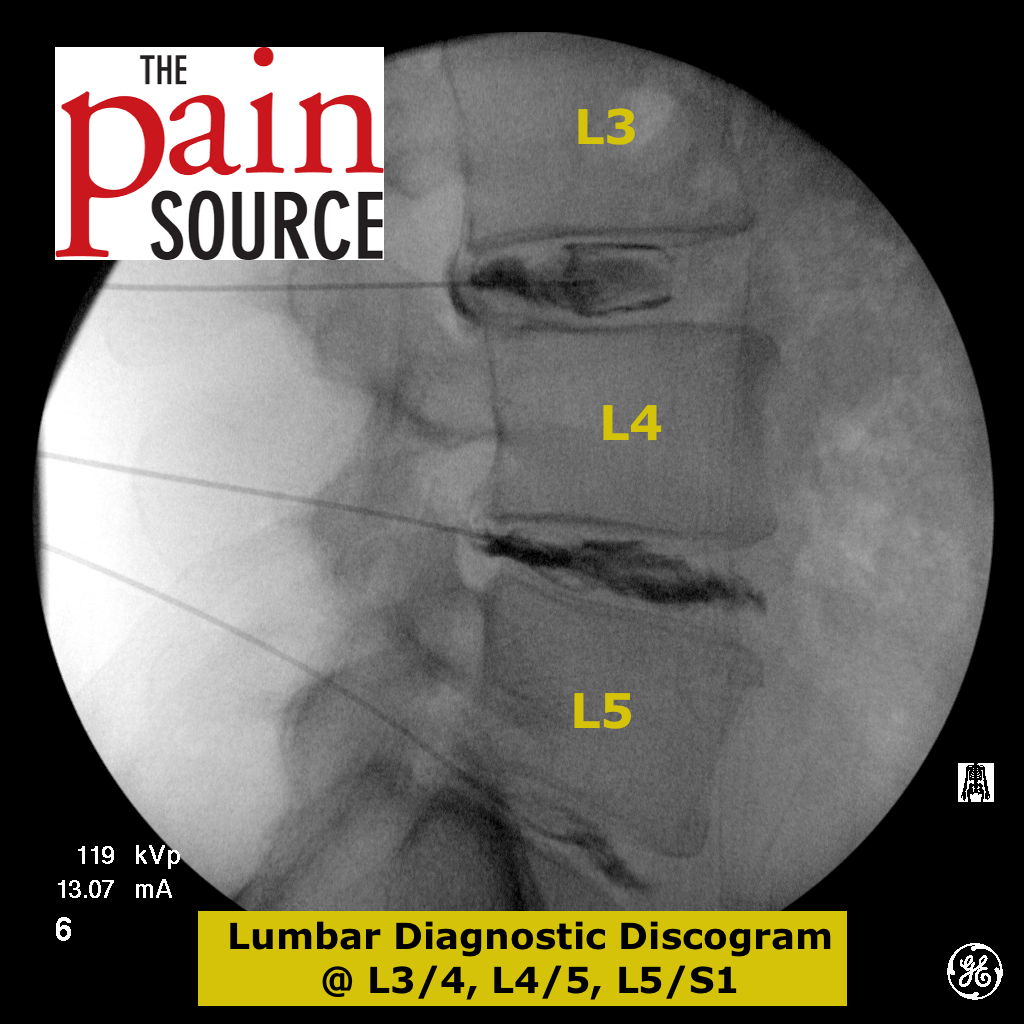

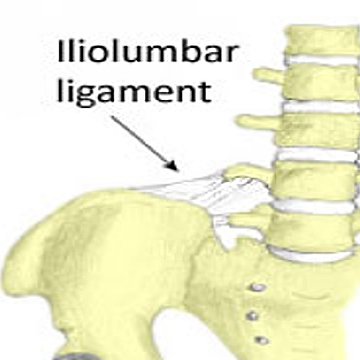
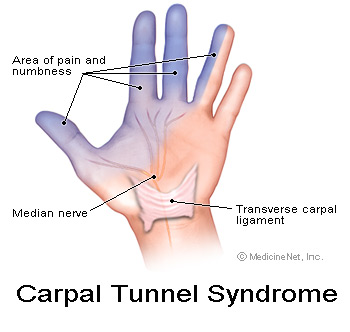

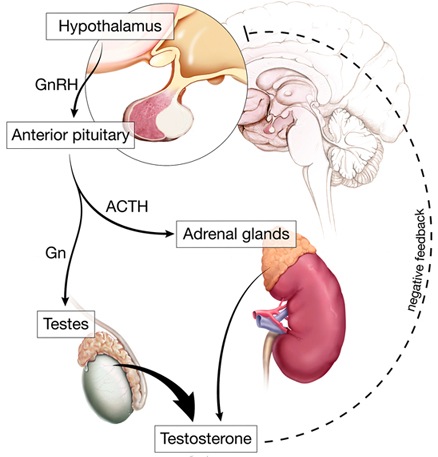
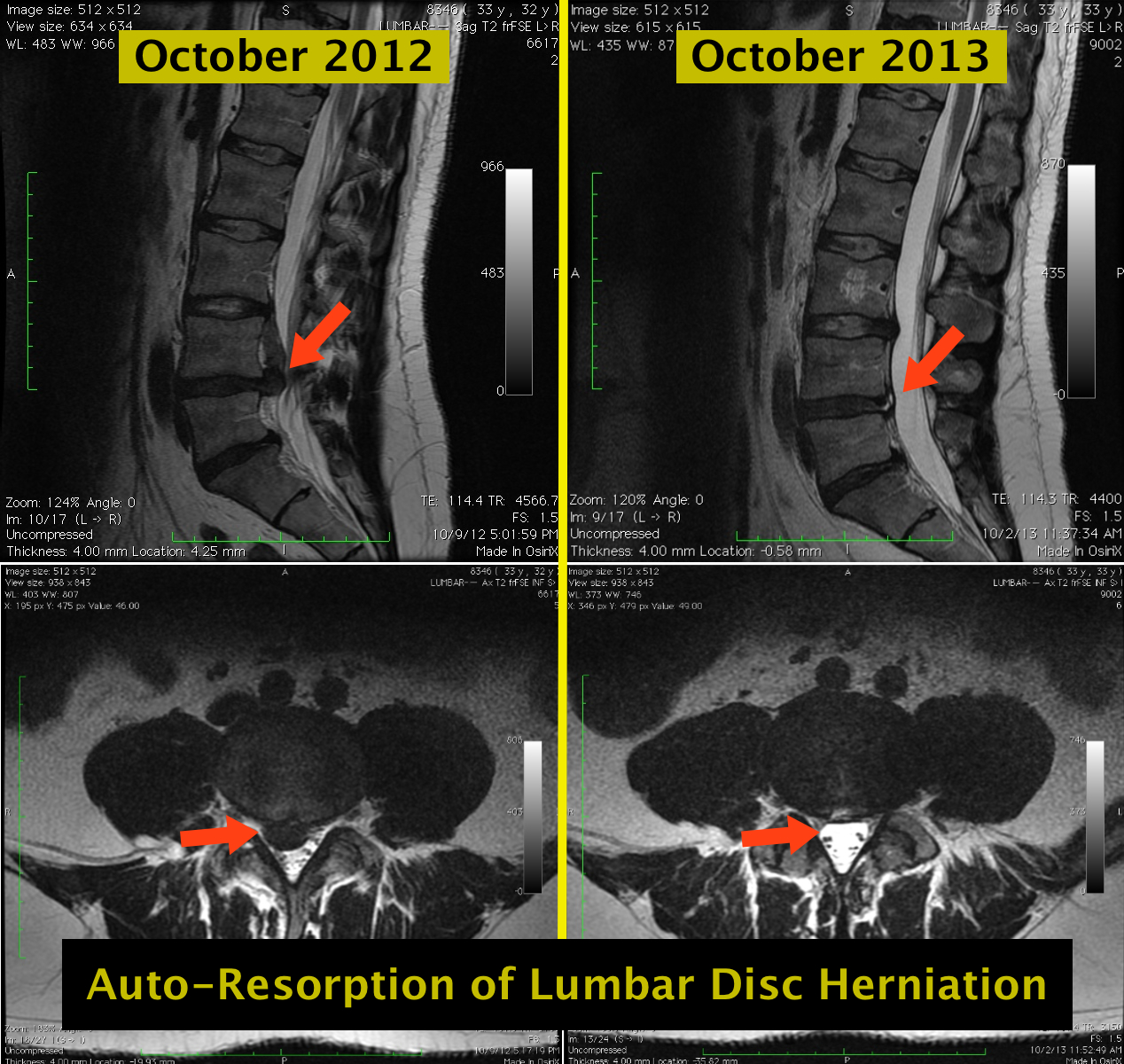
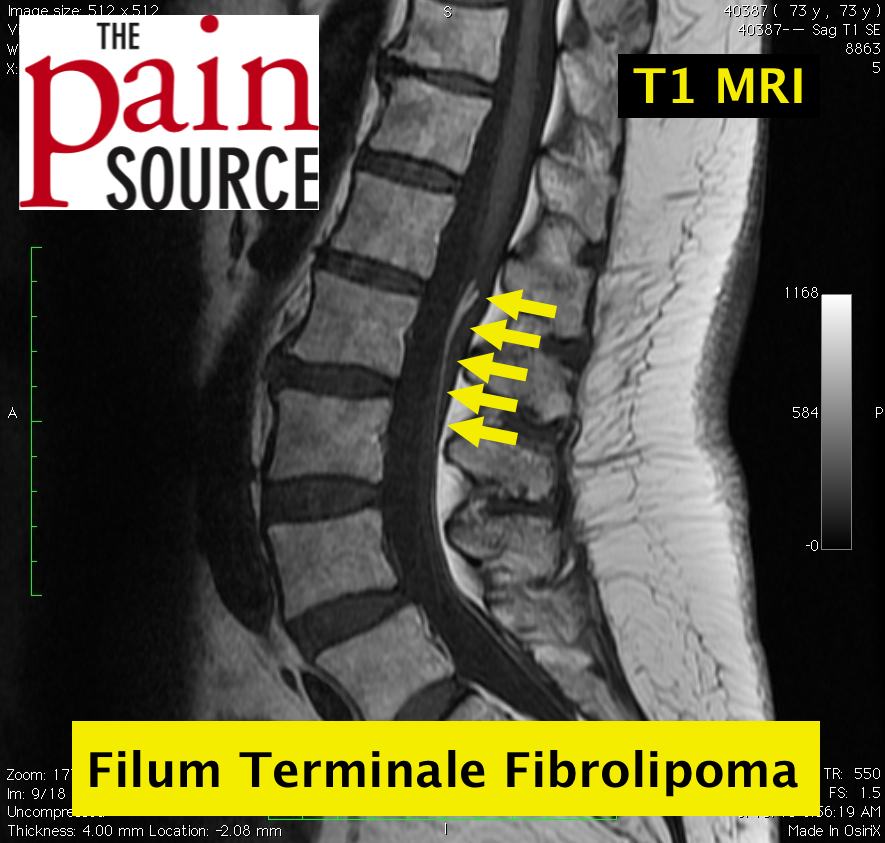
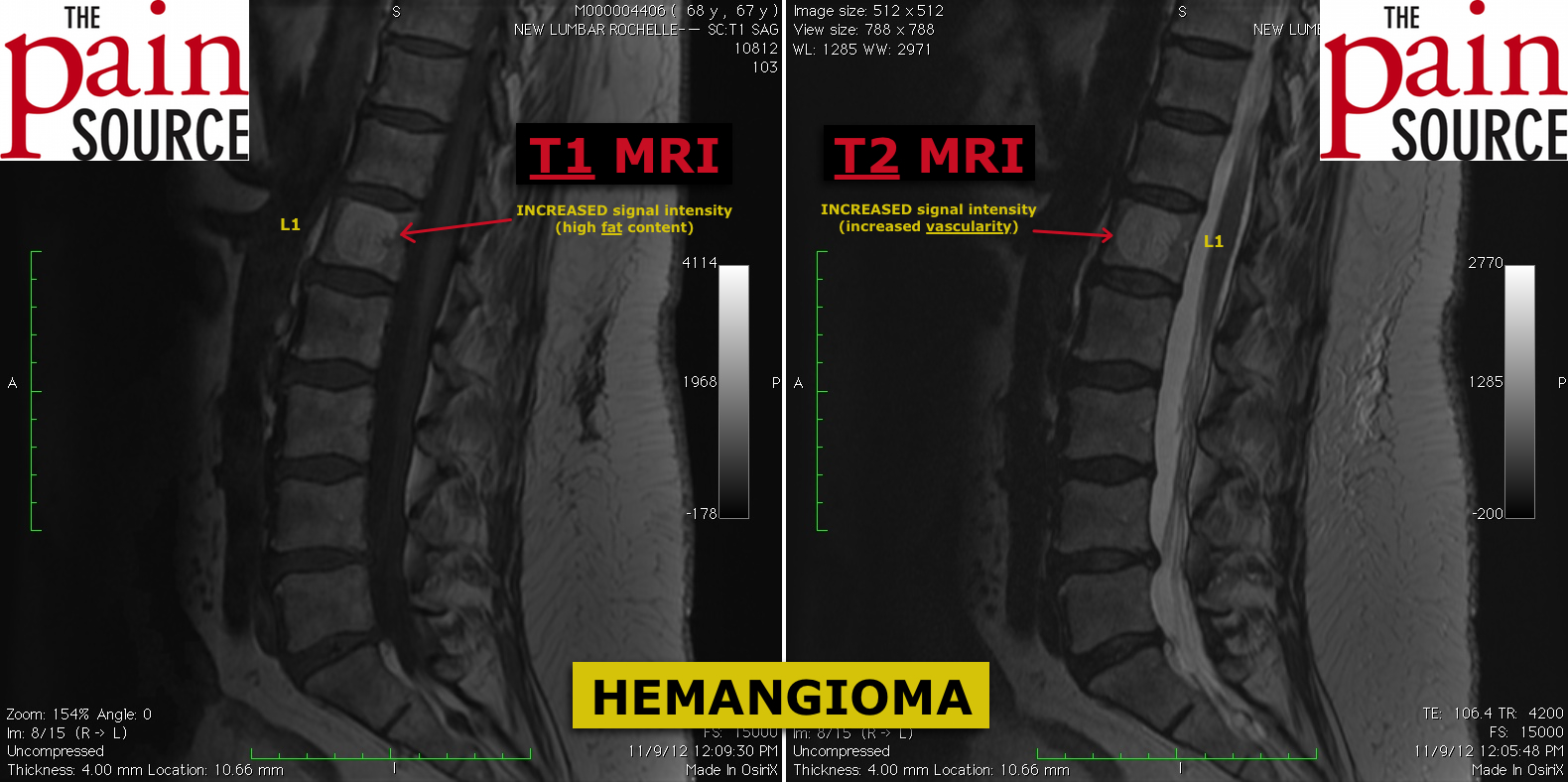
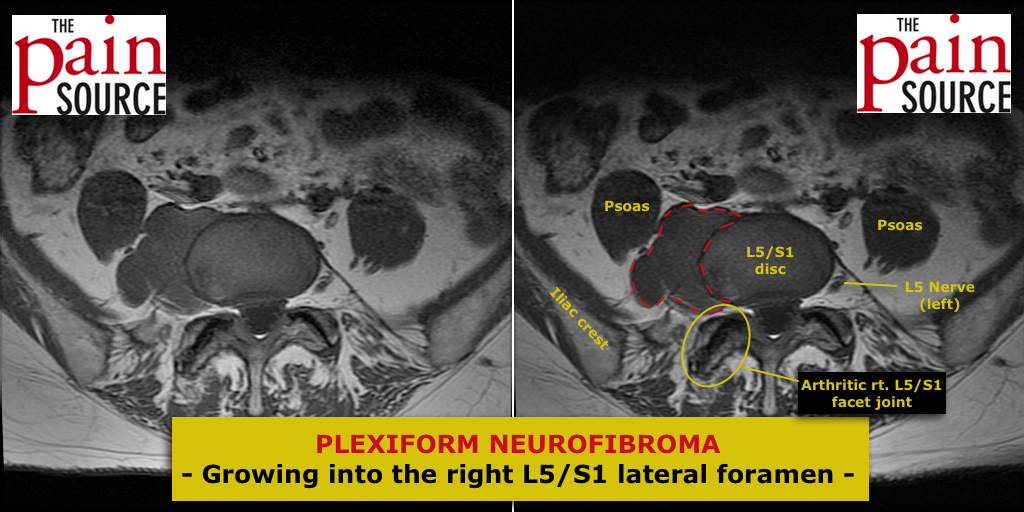
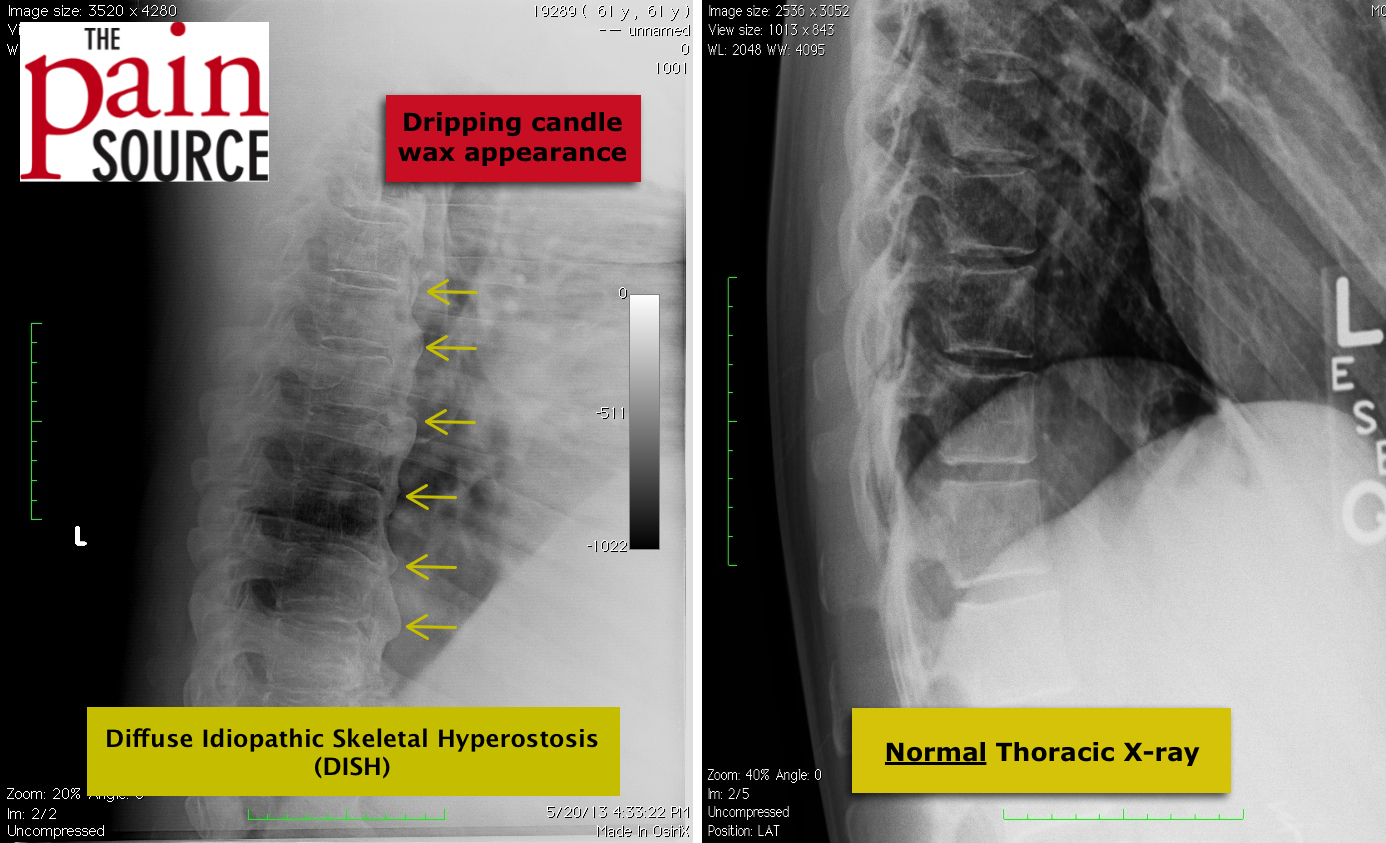

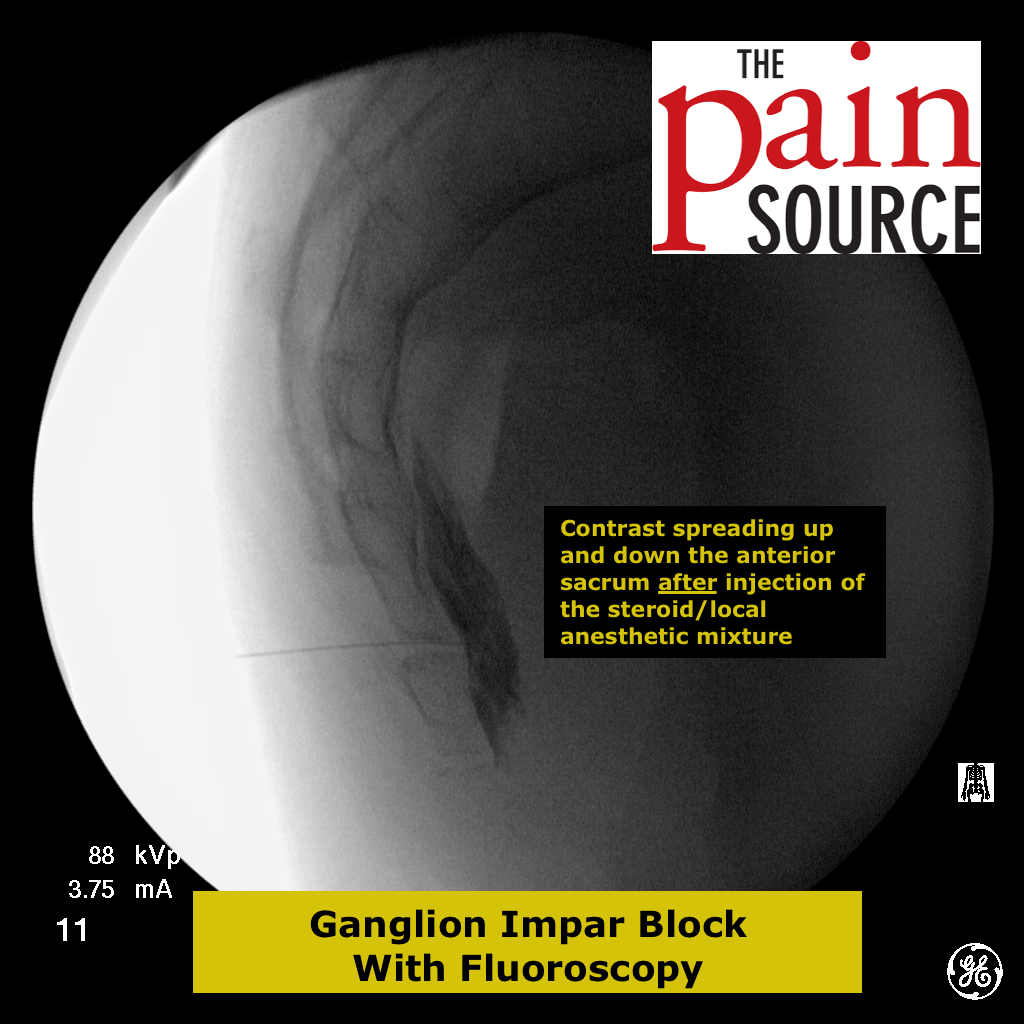
Hit os, slightly draw back, aspirate, then deliver the steroid with the smallest needle possible…